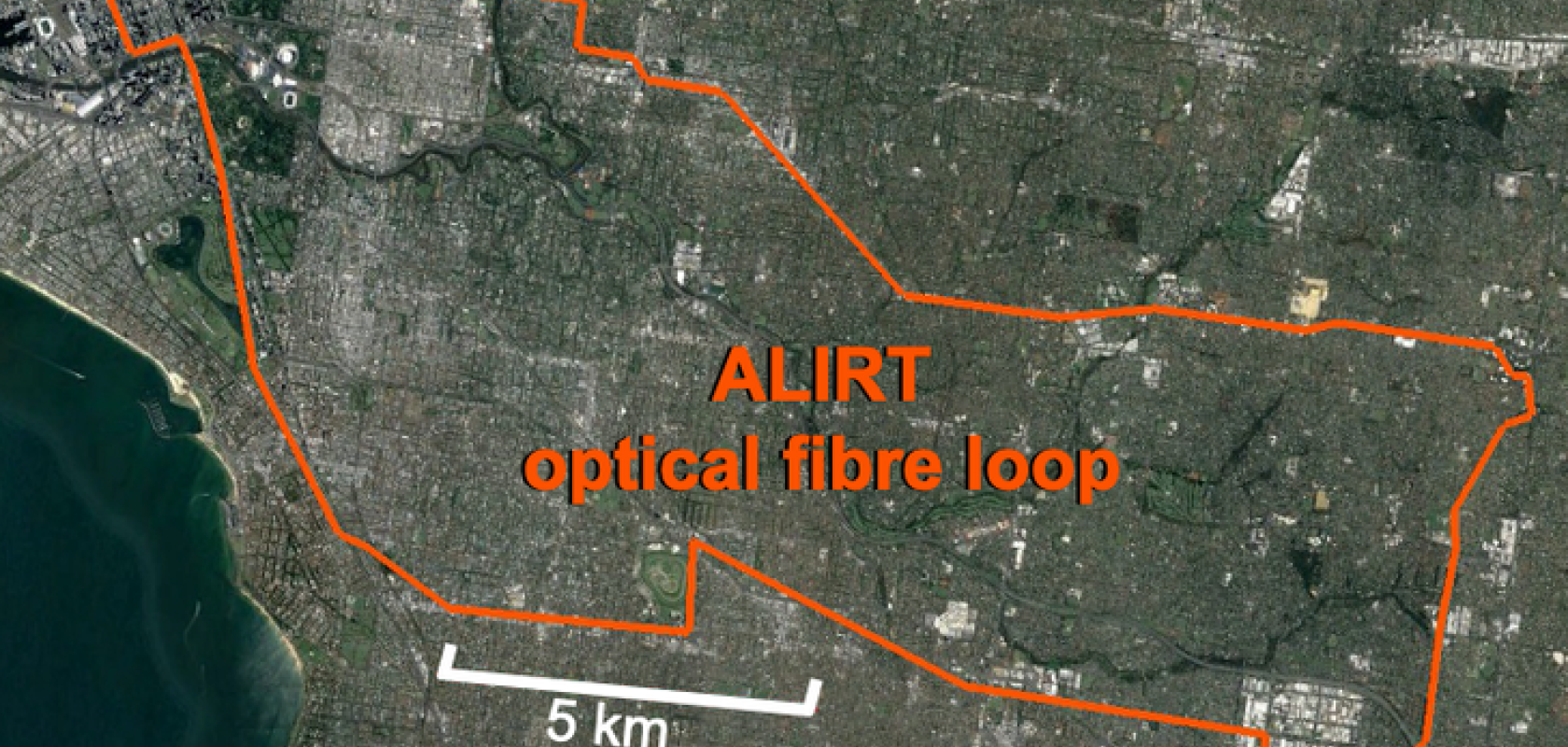A team of researchers from RMIT, Monash and Swinburne universities in Australia, has achieved a data speed of 44.2Tb/s from a single light source. To put it into perspective, this is enough to download 1000 HD movies in a split second.
The results, which were published in Nature Communications, could help Australia to fast-track its telecommunications capacity.
The team was led by Monash University’s Bill Corcoran, RMIT’s Arnan Mitchell and Swinburne’s David Moss. Mitchell explained that the speeds were achieved by attaching their new device - known as an optical micro comb - to 76.6km of existing ‘dark’ fibre technology like that used across Australia's National Broadband Network (NBN).
‘Long-term, we hope to create integrated photonic chips that could enable this sort of data rate to be achieved across existing optical fibre links with minimal cost,’ he said. ‘Initially, these would be attractive for ultra-high speed communications between data centres. However, we could imagine this technology becoming sufficiently low cost and compact that it could be deployed for commercial use by the general public in cities across the world.’
The optical micro-comb works by creating a rainbow of infrared light, allowing data to be transmitted on many frequencies of light at the same time, so vastly increasing bandwidth. Researchers placed the fingernail-sized chip – contributed by Swinburne University – onto optical fibres and sent maximum data down each channel to simulate peak internet usage, which is when it reached data speeds of 40Tb/s.
The 76.6km fibre loop is part of the Australian Lightwave Infrastructure Research Testbed (ALIRT), which was established with investment from the Australian Research Council by a consortium led by Mitchell. It allows researchers to investigate innovative new approaches to continually increase the data capacity of existing optical fibre networks.
Corcoran explained that the unprecedented number of people using the internet globally for remote work, socialising and streaming during the Covid-19 lockdown offered a glimpse of how normal demand for internet infrastructure will look in two to three years’ time, and why such technology is really important. ‘It’s really showing us that we need to be able to scale the capacity of our internet connections. What our research demonstrates is the ability for fibres that we already have in the ground, thanks to the NBN, to be the backbone of communications networks now and into the future.’
Moss said that, in the 10 years since he co-invented micro-comb chips, they had become an enormously important field of research. ‘It is truly exciting to see their capability in ultra-high bandwidth fibre optic telecommunications coming to fruition. This work represents a world-record for bandwidth down a single optical fibre from a single chip source, and represents an enormous breakthrough for part of the network which does the heaviest lifting. Micro-combs offer enormous promise for us to meet the world’s insatiable demand for bandwidth.’


